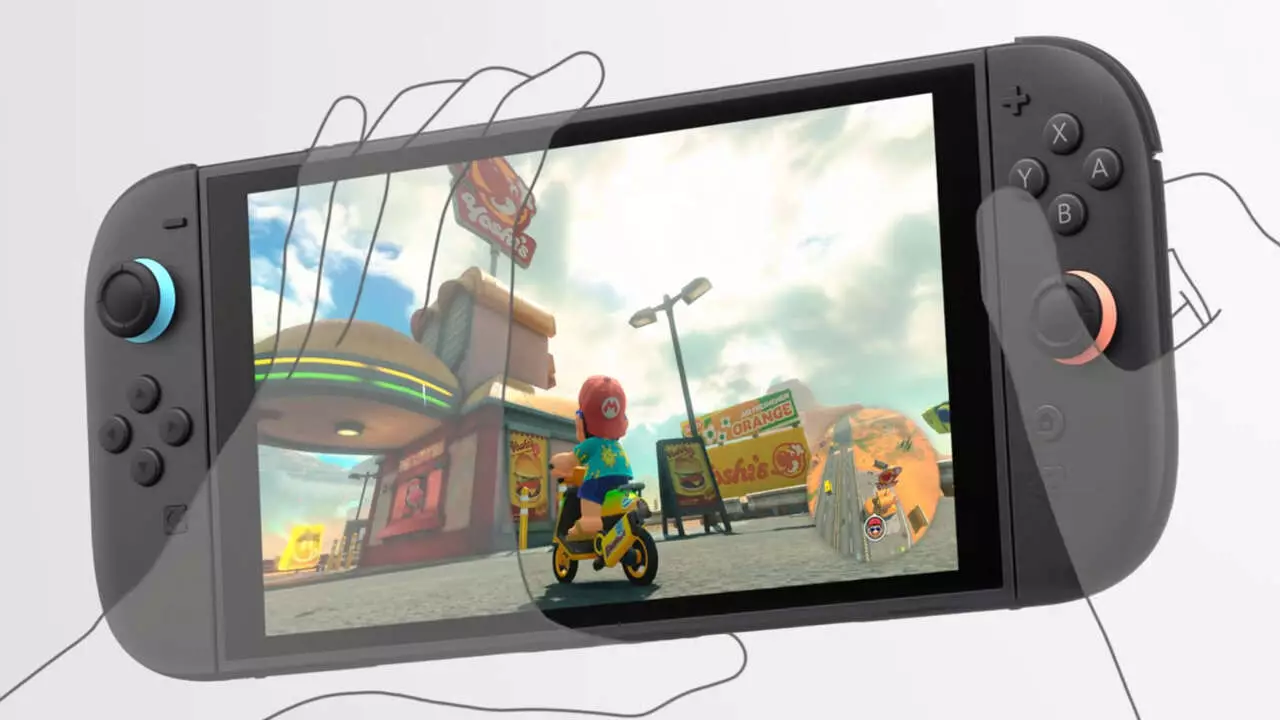Nintendo has consistently pushed the boundaries of gaming innovation, and the evolution of its Joy-Con controllers epitomizes this spirit. The Snag in the original Nintendo Switch’s design—a magnetic attachment system for its controllers—initially seemed like a brilliant idea. However, during a pivotal moment in 2015, then-Nintendo President Satoru Iwata provided critical feedback that led the team to shelve this concept. This decision initially appeared to stifle a promising innovation, but the story didn’t end there. The recently revealed Switch 2 showcases the revival of magnetic Joy-Con 2 controllers, a testament to Nintendo’s unyielding pursuit of improvement and fresh ideas.
Overcoming Design Challenges
The story behind the Joy-Con’s development reveals the intricate dance between creativity and practicality in design. As noted by Kouichi Kawamoto, who plays a pivotal role in Nintendo’s entertainment planning, the primary concern about using magnets was the stability they could offer. If potential consumers felt uneasy about the connection between the console and the controllers, it could lead to dissatisfaction or even fear of damaging the device. As Kawamoto recollected, “The Joy-Con controllers would wobble when attached to the console using magnets,” forcing the team to revert to a more conventional rail system that provided stability over innovation.
However, the spirit of innovation did not die. Tetsuya Sasaki remarks about the ongoing exploration of magnetic technology, highlighting a unique blend of resilience and determination within the Nintendo design team. It’s remarkable how they balanced the need for a robust connection while maintaining a flexible approach to enhance user experience. This perseverance to realize a beloved idea speaks volumes about Nintendo’s commitment to satisfying its diverse audience—especially young gamers.
Redefining Ease of Use
One of the central goals of the new Joy-Con 2 controllers focuses on ease of use. In an era where gaming is transitioning to become more inclusive, the focus on making the attachment and detachment process effortlessly simple could be a game-changer. The idea that even children could handle controller manipulations without assistance strips away a layer of intimidation that often accompanies modern gaming. With a simple press of the Joy-Con 2’s release button, the transition becomes almost seamless. This is not merely an ergonomic improvement—it’s a cultural shift towards welcoming younger generations into the gaming community.
Nintendo has turned what initially seemed like a minor challenge into a cornerstone of its upcoming console. The combination of simplicity and innovation encapsulates the company’s motto to make gaming accessible to everyone. The underlying philosophy of focusing on creating memorable experiences is harmonized perfectly with the technological advancements in the Switch 2.
Expanding the Horizons of Gaming
The announcement of additional features accompanying the Switch 2 illustrates a potent vision for the future of gaming. The transition to high-definition graphics, 4K resolution when docked, and stunning frame rates of 120 fps in specific games indicates a leap into a new era of immersive experiences. Moreover, the Joy-Con 2’s capabilities—being usable as a mouse, featuring larger thumbsticks, and housing a dedicated GameChat button—point to an evolution in gameplay dynamics and the social aspects of gaming.
Nintendo has cultivated the potential for multi-faceted gameplay with its upcoming titles. With expected releases like Mario Kart World and upgrades to legacy games such as The Legend of Zelda: Tears of the Kingdom, it’s clear the focus isn’t just on new hardware, but also on expanding beloved franchises with modern updates. The future of these immersive universes looks promising, catering to long-time fans while enticing new players into the fold.
Concluding Thoughts on Nintendo’s Journey
As we absorb the news surrounding the Switch 2 and its Joy-Con 2, it’s evident that Nintendo’s journey is defined by trial, error, and most importantly, evolution. The magnetic idea that was once cast aside has come full circle, demonstrating that innovation isn’t lightning in a bottle; it’s a process. The convergence of technology and user-friendly design holds great potential to redefine how players interact with their gaming world. Nintendo continues proving that its legacy isn’t merely about consoles and games—it’s about creating connections and experiences that resonate across generations. This approach is the very heart of what will undoubtedly make the Switch 2 a landmark achievement in gaming history.

